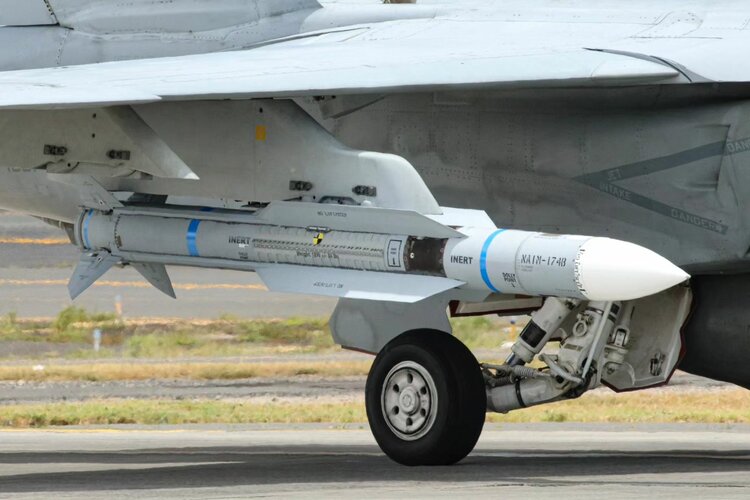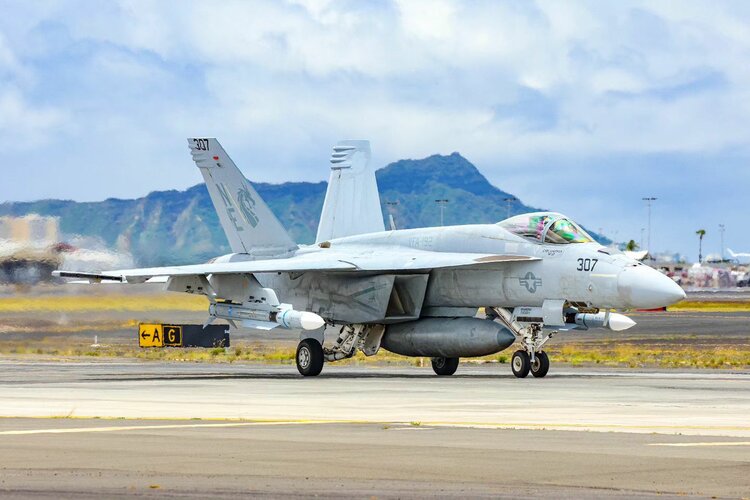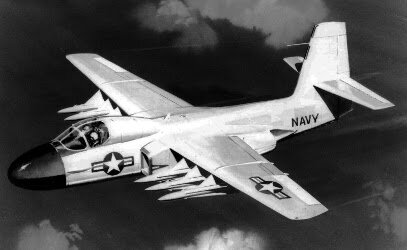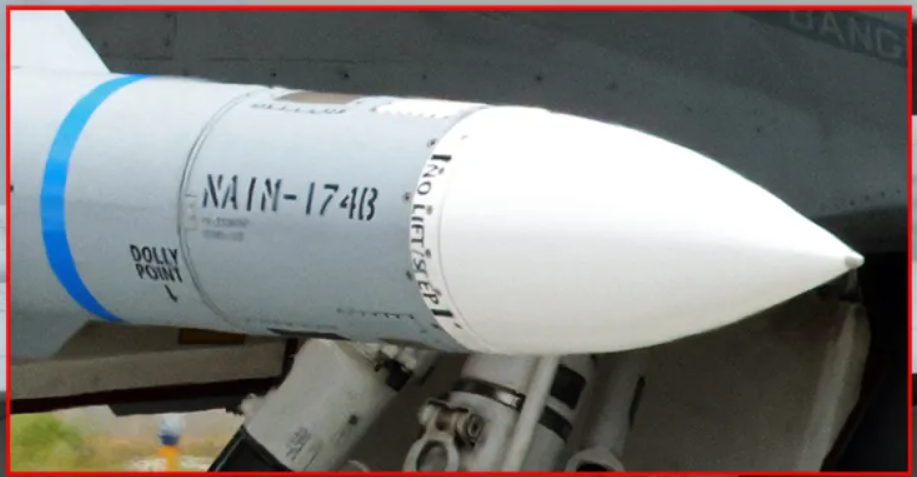One can only hope the USN pursues it. A number of commentators have been calling for this since before the first picture was released in 2021. It makes so much sense capability wise you almost have to wonder why this was not completed years ago.
Last edited:







